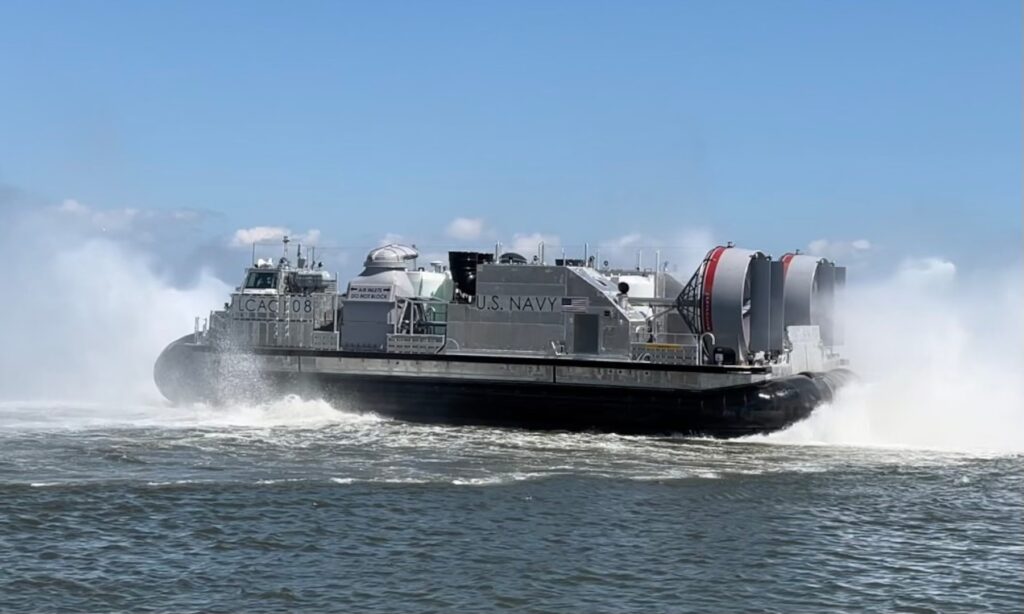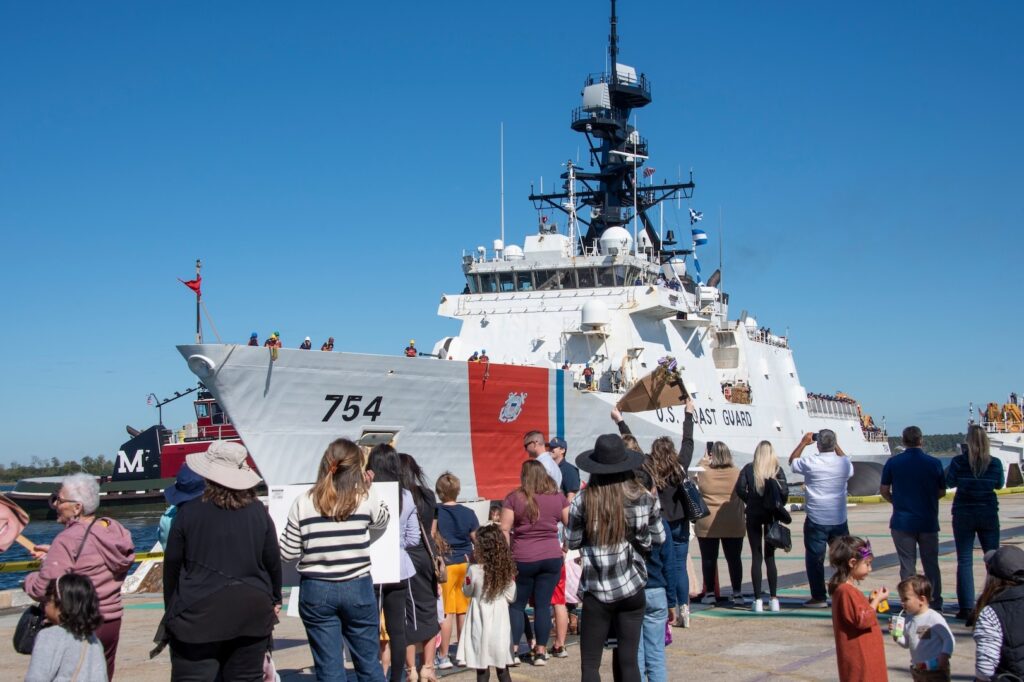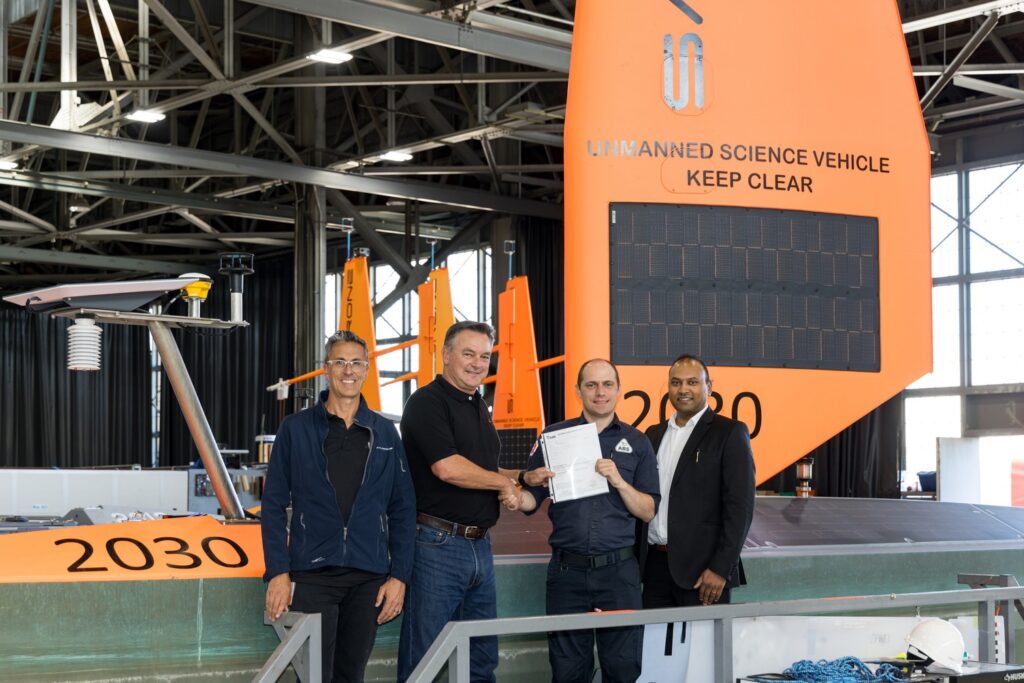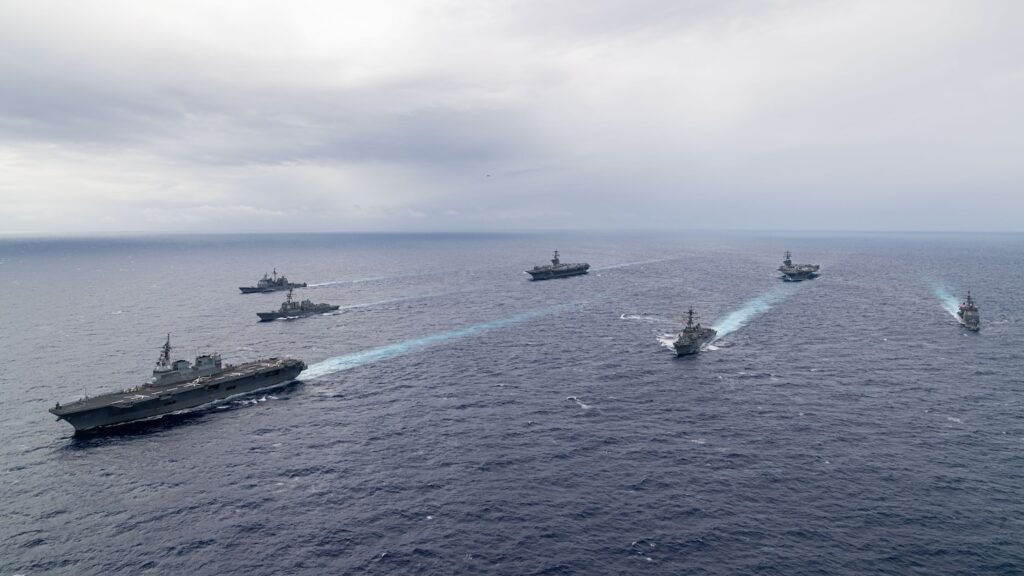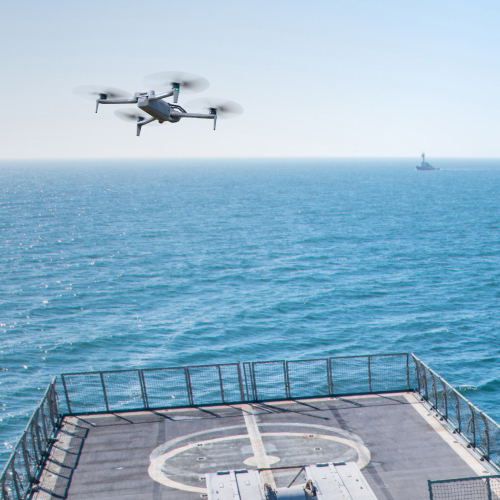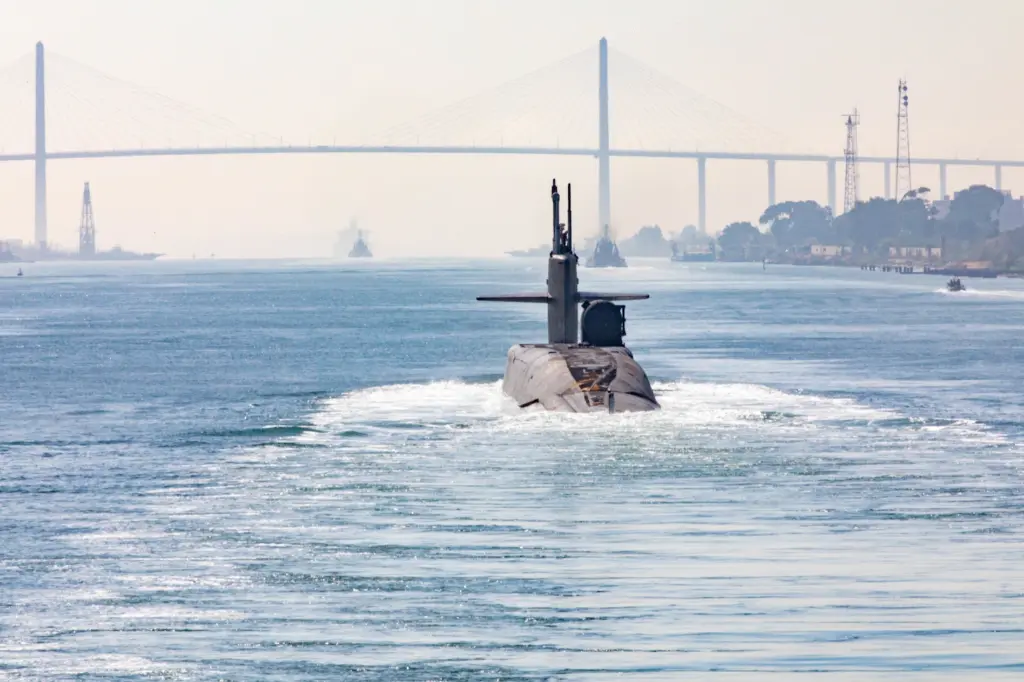U.S. Coast Guard formally establishes Base Guam
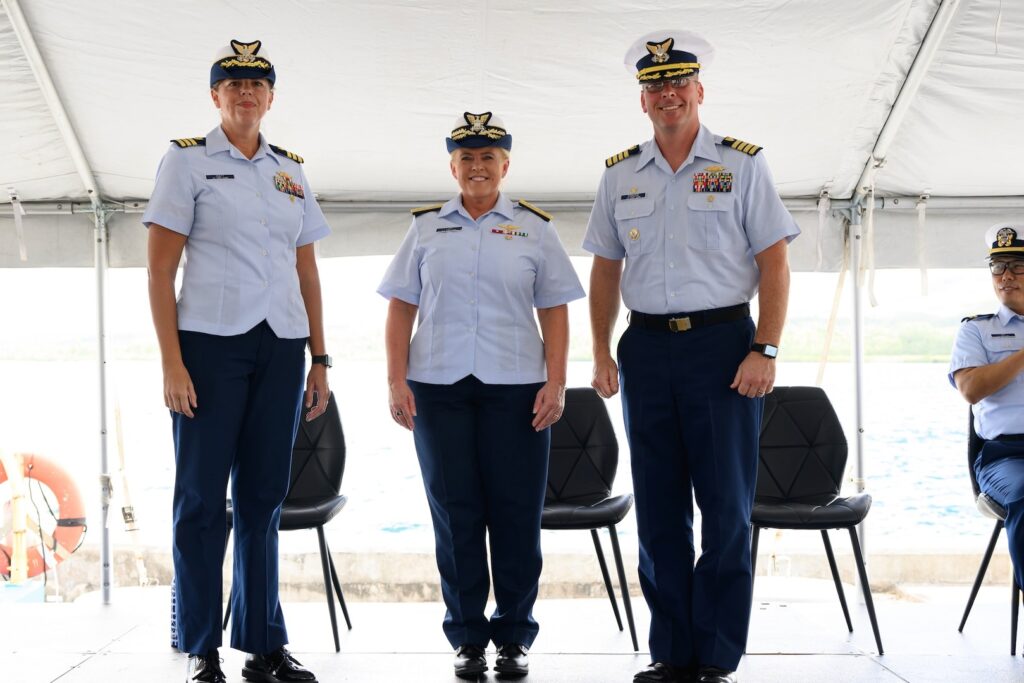
Release from U.S. Coast Guard Base Guam
*****
Nov. 7, 2023
SANTA RITA, Guam — The U.S. Coast Guard is proud to announce the establishment of U.S. Coast Guard Base Guam on Nov. 8, 2023, in a ceremony presided over by Rear Adm. Carola List, commander of Operational Logistics Command.
Led by Cmdr. Dana Hiatt, Base Guam, will be pivotal toward enhancing the U.S. Coast Guard’s mission support logistics in the region. This strategic move aligns with the Service’s commitment to increase mission support throughout Oceania. Given Guam’s vital importance to national security, this initiative takes center stage.
The establishment of Base Guam is part of the Consolidated Appropriations Act of 2023 and expands the U.S. Coast Guard’s mission support in the Indo-Pacific region. The establishment will shift current facilities engineering, naval engineering, comptroller and base operations, health, safety, and work life, personnel support, information technology, and procurement billets and responsibility from the existing U.S. Coast Guard Forces Micronesia/Sector Guam to a new Base Guam command structure. The establishment of Base Guam will consist of 17 additional personnel billets and will rely on the realignment of existing elements to provide logistical efficiencies improving U.S. Coast Guard mission support on Guam.
U.S. Coast Guard Base Guam will operate under the direction of the Operational Logistics Command, responsible for mission support logistics across the entire U.S. Coast Guard enterprise while coexisting with U.S. Coast Guard Forces Micronesia/Sector Guam. The base is taking on the role of the lead logistics and support command, a strategic decision aimed at better serving the needs of the operational community and partners. Forces Micronesia/Sector Guam retains the role of operational authority for U.S. Coast Guard activity in the Western Pacific.
The Base crew’s responsibilities encompass contingency logistics planning for joint operational plans, integration of logistics services, and support for tactical logistics needs for deployed operational assets. Additionally, the enterprise maintains a national-level logistics common operating picture and commands the Coast Guard’s 22 existing bases, ensuring the execution of assigned tasking through each of the U.S. Coast Guard’s Logistics and Service Centers.
The establishment of Base Guam marks a significant milestone in strengthening the U.S. Coast Guard’s presence and capabilities in the region. The unit is physically located on the existing U.S. Coast Guard footprint within U.S. Naval Base Guam.

